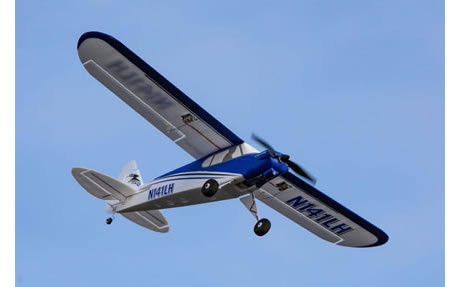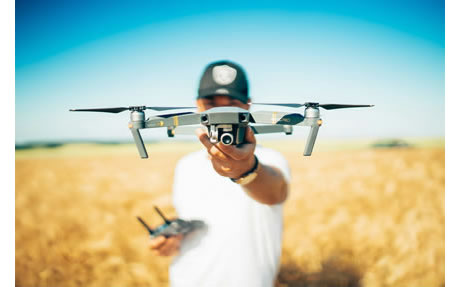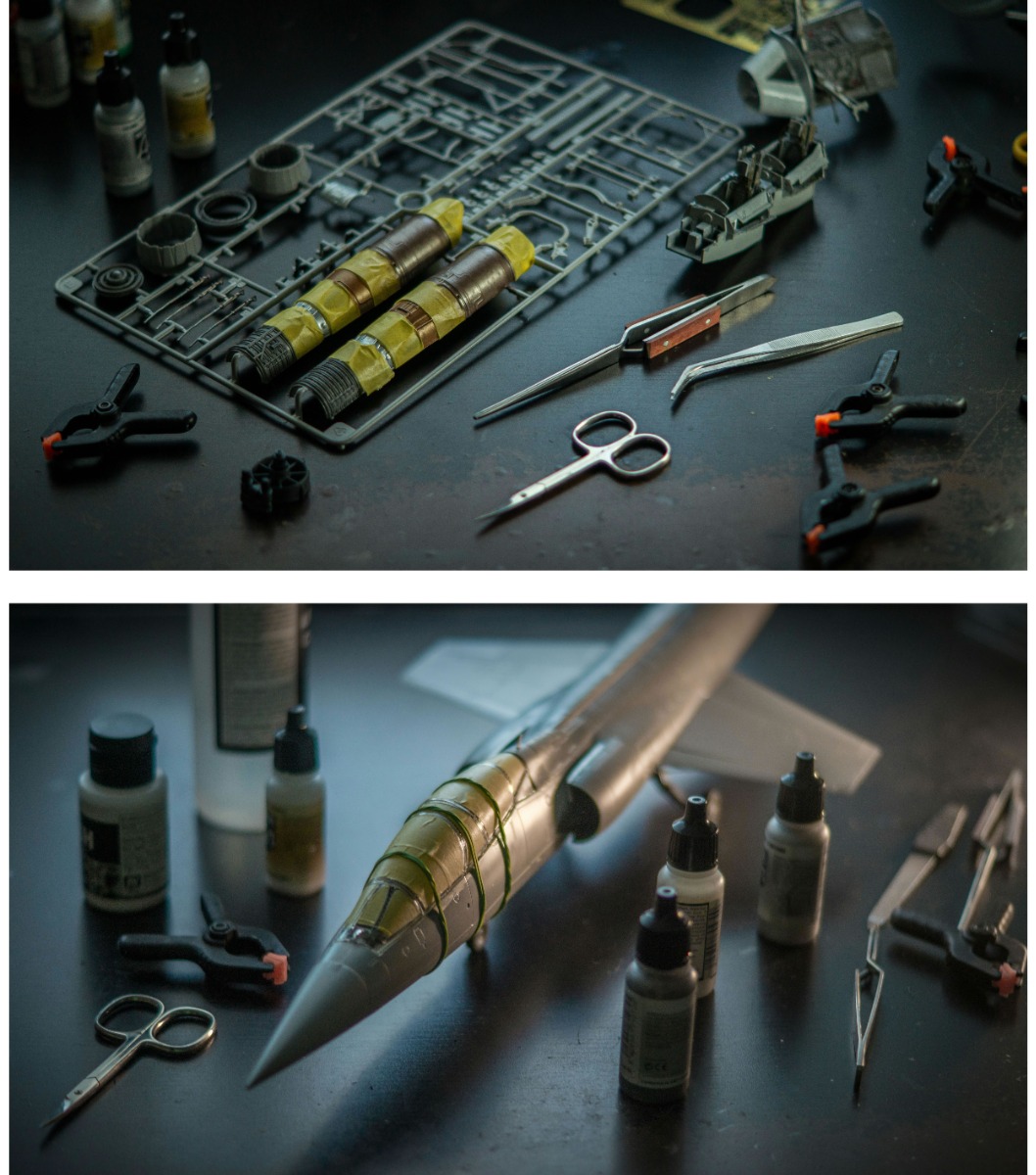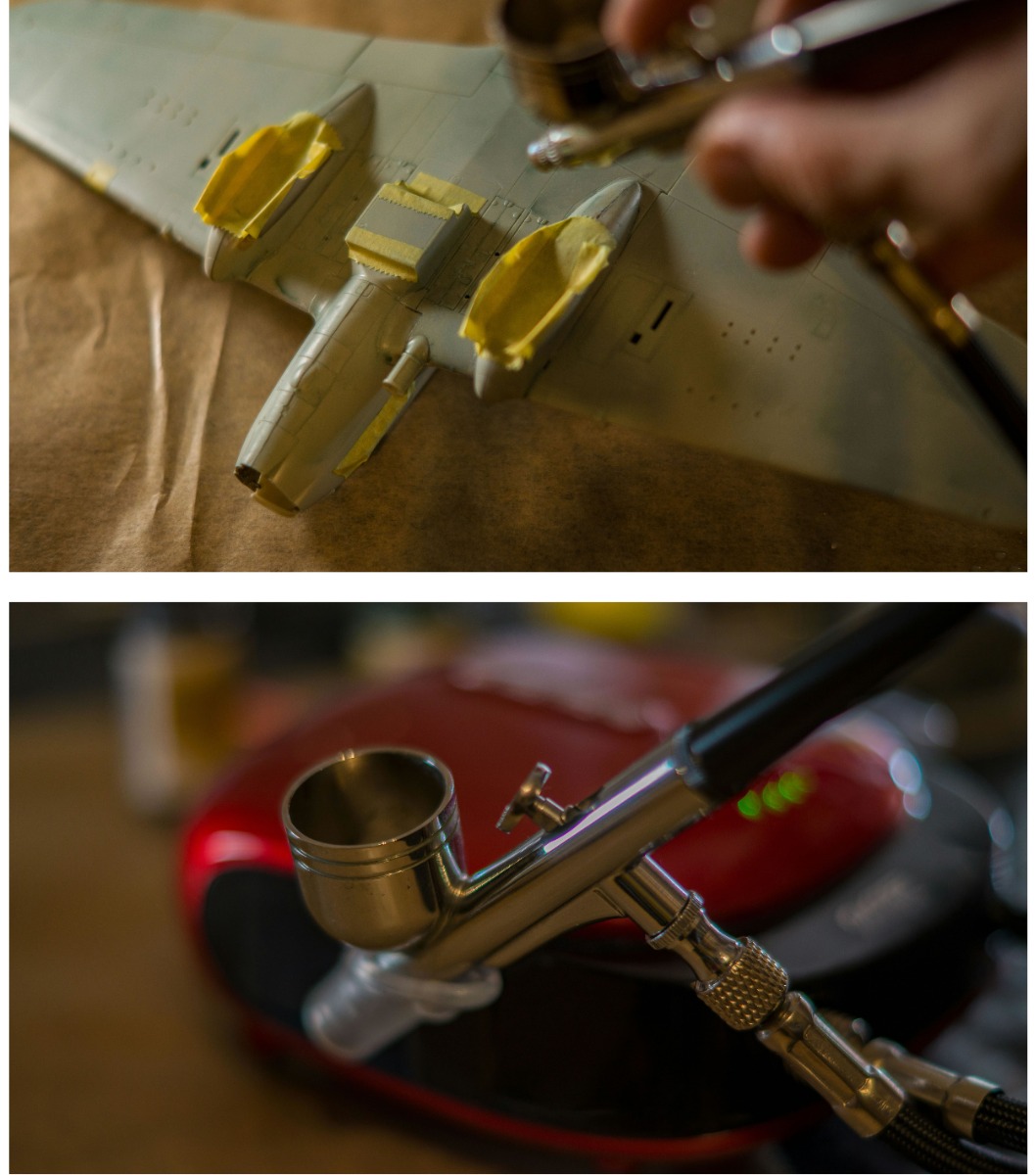Kovozavody Prostejov 1/72 Aero L-29 Delfin 'CzAF/Slovak AF' # 72467
The Aero L-29 Delfin is a jet trainer aircraft that played a significant role in the training of pilots within the former Czechoslovak Air Force (CzAF) and later in the Slovak Air Force after the split of Czechoslovakia.
Developed in the late 1950s by the Czech company Aero Vodochody, the L-29 Delfin became the standard jet trainer for the Warsaw Pact countries and was renowned for its simplicity, reliability, and ease of handling.
Design and Features:
The L-29 is a sleek, all-metal aircraft with a low, straight wing and a single engine mounted in the fuselage.
Its tandem cockpit arrangement allows for an instructor in the rear seat and a student pilot in the front, both covered by a single, elongated canopy.
The aircraft is equipped with basic avionics suitable for training purposes, including a simple navigation and communication system.
It can also be armed with light weapons, including machine guns and rockets, for advanced training in weaponry.
Czechoslovak Air Force (CzAF):
In the CzAF, the L-29 Delfin was a cornerstone of pilot training, serving from the early 1960s until the dissolution of Czechoslovakia in 1993.
The aircraft was appreciated for its forgiving flight characteristics, which were ideal for novice pilots.
It was painted in various camouflage and bare-metal schemes, depending on the role and period, often featuring the red, white, and blue roundels of Czechoslovakia on the wings and fuselage.
Slovak Air Force:
After the division of Czechoslovakia, a number of L-29 Delfins were inherited by the newly formed Slovak Air Force.
In Slovak service, the Delfin continued its role as a primary jet trainer until it was gradually phased out in favor of more modern aircraft.
The Slovak Air Force often painted their L-29s in more subdued grey or camouflage schemes, and these aircraft bore the Slovak national insignia, replacing the old Czechoslovak markings.
Overall, the Aero L-29 Delfin 'CzAF/Slovak AF' is a symbol of Eastern European military aviation history, representing the transition from Soviet-era training standards to the evolving needs of post-Cold War Europe.
Its legacy continues to be honored by aviation enthusiasts and historians, with several preserved and displayed in museums or flown in airshows.























 Spread the cost with Paypal Credit
Spread the cost with Paypal Credit
 Spread the cost with Klarna
Spread the cost with Klarna

























